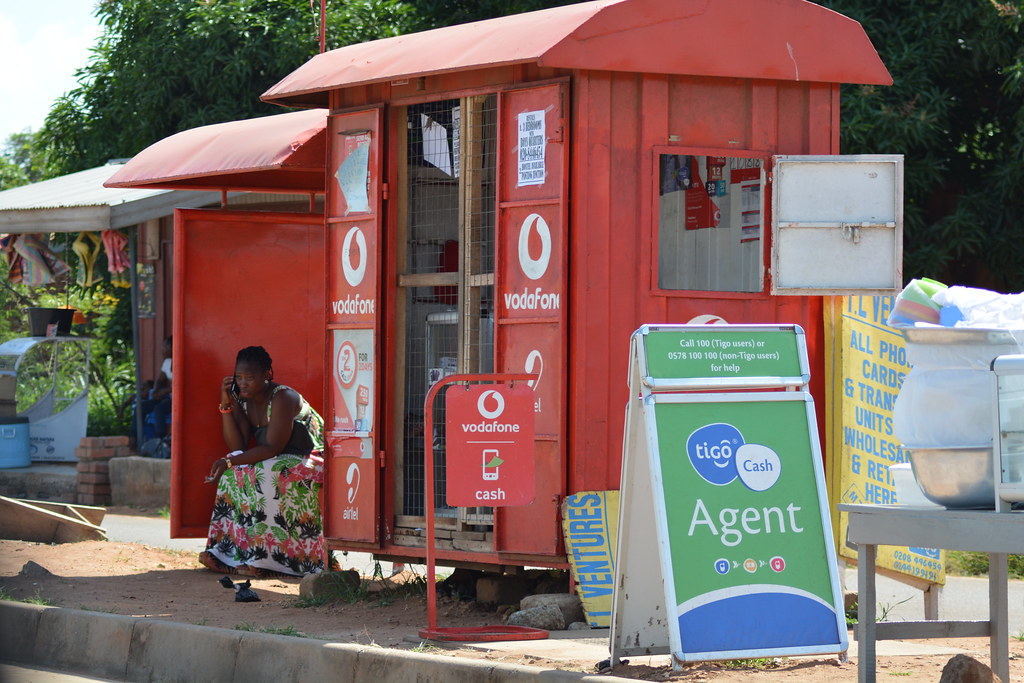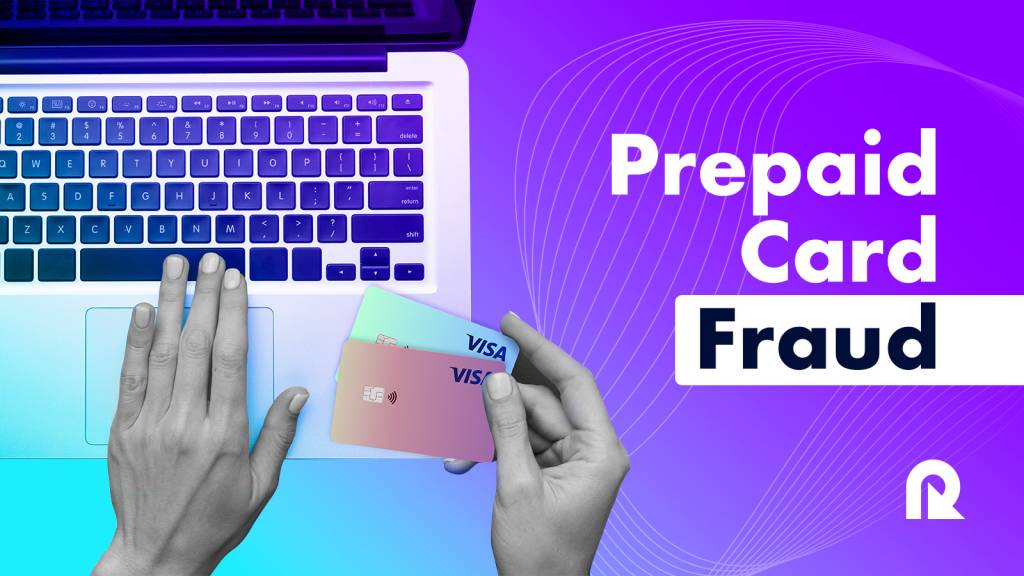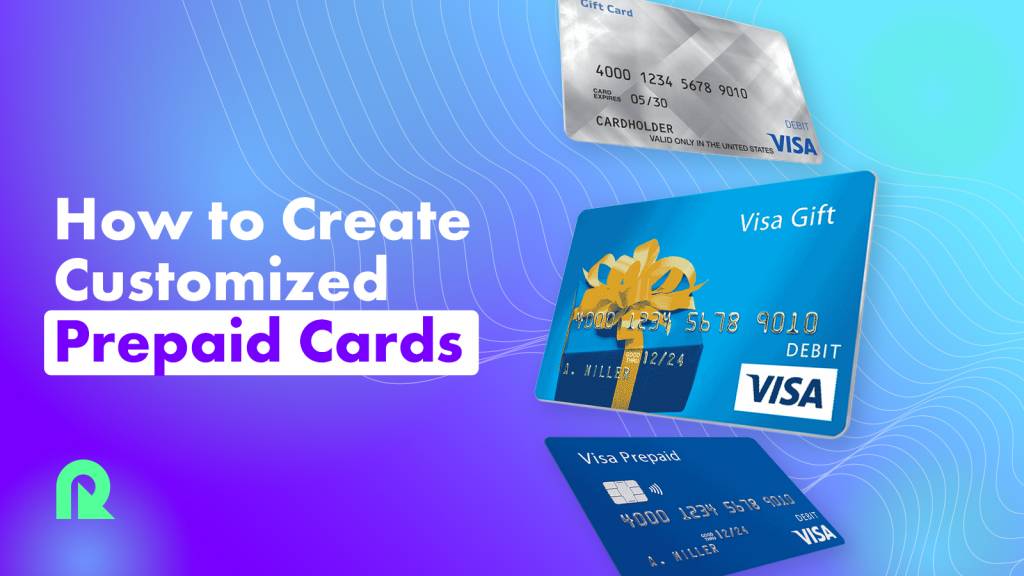Incentive marketing has become a must-have customer engagement strategy for many businesses in developed countries. In markets where cash is no longer king, building non-cash rewards is seen as a no brainer.
Now, in emerging markets, where cash is still very much king, incentive marketing managers are proving that non-cash rewards can still be very successful even in the cash-dominated world.
Experts in global and Africa-focused telecom marketing have underscored three reasons for the likelihood of incentive marketing success taking off in the emerging world. Here are the top reasons they report in this article:
- Universal desire to reduce churn through loyalty
- Cultural giving traditions
- Use of airtime credit and data as currency
A snapshot of trends to watch
The current popularity of incentive marketing campaigns in the US provides a glimpse of trends to come for emerging markets. This is especially foretelling in an industry as globalized as telecom.
About 84% of US businesses used non-cash rewards to “recognize and reward their audiences in the form of award points, gift cards, incentive travel, and merchandise” in 2016, up from 74% in 2013, according to a widely cited study by the Incentive Federation Inc.
The importance of incentive marketing varies greatly depending on the industry, and telecom program managers favor consumer rewards more than any other.
In a 2019 study conducted by Blackhawk Network, a California-based rewards program company, it was unveiled that 78% of the telecom industry described rewards programs as “very important” for their company. By comparison, only 49% of program managers for wellness companies reported rewards programs as “very important.”
Telecom veterans will not be surprised by this finding. A large chunk of a telco’s marketing budget is dedicated to retaining customers, and incentive marketing is a long-established method to boost customer loyalty.
Indeed, the universal desire of telecom companies to focus on retention over acquisition is what will continue to drive the wider adoption of incentive marketing strategies in emerging markets.
A universal strategy for customer retention

In the 2019 Blackhawk study, program manager’s answers diverged by industry when asked what was the desired outcome of their rewards programs.
The majority of telecom program managers cited “creating customer loyalty” as their incentive marketing objective, whereas managers working in financial, travel and wellness industries were after “attracting new customers”, clearly as part of an acquisition strategy.
This divergence in the importance of retention versus acquisition is instructive.
“In a market that can be competitive for loyalty, [telecom] customer satisfaction is a key element of a growth strategy as it helps support the retention of the business,” says Lincoln Smith, Chief Strategy Officer of HMI Performance Incentives, a Massachusetts-based incentive solutions company.
Of particular note, Smith has noticed innovative ways global telecoms are employing incentives to build loyalty. This includes the novel use of incentive programs for call centers to improve customer service metrics.
“Driving loyalty isn’t necessarily about giving out the most points or the largest gift card; it’s about ensuring resellers feel valued, appreciated, and confident in the company, and of course, rewarded for their sale,” observes Smith.
Compared with traditional advertising campaigns, incentive marketing is particularly apt at sharing a sense of appreciation between company and consumer.
“Loyalty is about relationships, not response rates,” says Smith. “Providing an incentive and reward strategy can provide companies an opportunity to have ongoing engagement.”
“Instead of ad-hoc programs and campaigns, engagement can be measured over time and across touchpoints, not just based on a single campaign.”
Making up for low brand loyalty
The direct correlation between greater loyalty and stronger customer retention is profoundly important for the global telecom industry. This is especially true in emerging markets like Africa, where the primary method to generate loyalty is through incentives rather than brand identity.
“Many people [in Africa] don’t make use of fixed contracts, as these are perceived as expensive, but prefer to utilize prepaid solutions,” says Debbie Ghillino, Chief Happiness Officer of The Incentive Company, a full-service incentive house in South Africa.
“This means that there is little loyalty to a brand, as airtime can simply be bought from any provider. By encouraging and retaining a customer via rewarding for the frequency of purchase, loyalty is achieved,” adds Ghillino, who is also the Secretary of the Middle East Africa Chapter of the Incentive Marketing Association, a global organization of providers of incentives, corporate gifts, and related services.
“The reward of staying with a network or upgrading of contracts has worked well in the [global] telecoms industry,” she adds. “By rewarding a customer’s loyalty, the company can retain customers, which is their largest challenge.”
Paying-it-forward cultural norms

In emerging markets, cultural giving traditions have established avenues for incentive marketing programs to grow.
For example, in the Philippines or Nigeria, many millions are already supported financially by family members working abroad through remittances.
The technology is also already there. In Africa, vast populations have leapfrogged landline communications to become avid mobile and smartphone users, with a 2018 Pew Research study revealing that mobile penetration is between 75% and 91% in six major sub-Saharan African countries (South Africa, Ghana, Senegal, Nigeria, Kenya, and Tanzania).
Yet, many people remain largely outside of the banking system; it is estimated that about 66%of sub-Saharan Africans are still considered “unbanked.”
Consequently, the mobile revolution has made it easier to send gifts across the continent. These days, technology has brought young urban professionals closer to older relatives living in remote villages.
Gifting: A national pastime
In cultures where gifting family and community members come naturally, incentive marketing managers have discovered fertile ground for growth.
“In Africa specifically, paying it forward is a national pastime – the family culture and spirit of helping those close to you and in your community is of vital importance,” observes Ghillino, who is South African.
“A program that benefits not only the customer but also those around them has been enormously successful, Ghillino says. “For example, being able to nominate a loved one to receive airtime or data after a purchase.”
This seems to be only the beginning. The continent could also leapfrog with regards to preference of how their incentive marketing rewards are delivered. Africa’s rapid immersion into a mobile revolution and a vast population of remote peoples makes this all the more likely.
In the US, about 78% of consumers preferred to receive their rewards and incentives delivered directly to their mobile immediately, according to a 2018 study by Virtual Incentives, whereas 22% said they preferred to receive their rewards and incentives in the mail. One can surmise that very few would choose the non-mobile option if such a survey was conducted in Africa.
Airtime credit and data rewards are currency
Cash is still very much king in many emerging markets. But that doesn’t mean there isn’t competition for the throne.
“In Africa, airtime and data are a currency, especially amongst the poorer parts of the population,” observes Ghillino.
“Because the majority of the populations in the emerging market territories live hand to mouth,” she adds. “Having a reward that lets them communicate where they would not otherwise be able to is invaluable.”
Gifting airtime thus enables very personal needs of the consumer in ways other programs cannot. This almost guarantees a strong future for airtime incentives.
“Offering airtime credit is an increasingly popular incentive marketing tool in the emerging world,” Ghillino asserts.
“Talking to an individual’s personal needs rather than the benefits of a product will always resonate with a customer. People are more interested in what’s in it for them than what it can do. By addressing this need, especially amongst the population at lower living standards, this question is answered very effectively,” she says.
Airtime incentives: A long runway for growth
The trend to use airtime as money has been a hot topic since 2013. “The use of airtime as currency is fueled by the growing ease of sending minutes abroad,” reported The Economist.
Indeed, a rise in prepaid minutes being swapped for hard cash or spent in stores has been observed across Africa.
If airtime is indeed currency, then the $260 billion global prepaid airtime market has a long runway for growth to meet the demand of the massive $529 billion global remittances industry.
To reduce the friction for airtime market growth, software developers have at their disposal today a growing inventory of user-friendly mobile top-up APIs that can be easily deployed. In particular, there are mobile rewards API providers that are specifically dedicating resources to roll out airtime incentive APIs across Africa.
For example, with its mobile top-up API, Reloadly has created a new feature that displays local airtime values across several countries in Africa, including Nigeria and Ghana. This tool allows for tax savings, elimination of FX fees and the ability to localize.
Final thoughts
The prevalence of incentive marketing in global telecom is expanding rapidly. Already a dominant component of marketing budgets in the US, incentive marketing programs are set to expand across emerging markets.
Africa, in particular, offers fertile growth opportunities for incentive programs. Despite its cash-based societies, there is a long track record of airtime being used as currency.
Yet, at the heart of any incentive marketing program is the inception of a loyal, evangelical customer. Telecom and auxiliary industries — far too vulnerable to churn, especially in Africa — need loyalty-inducing programs more than any other industry. With incentive marketing, program managers have found solutions that seem to check all the boxes.



